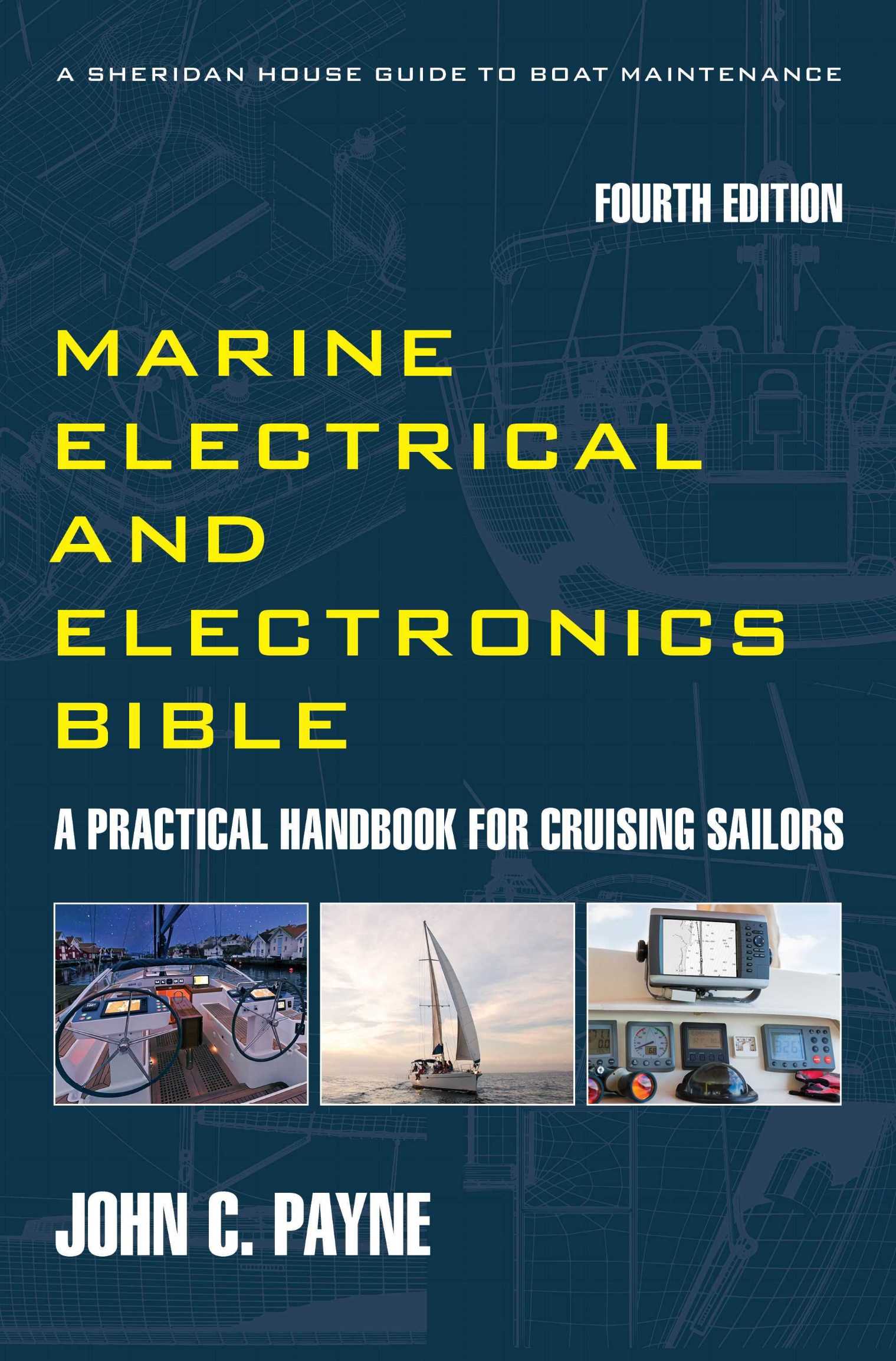Boat Battery Charging
System
Boat battery charging system redundancy is the key to minimizing failure or mitigating the effects of failure. Redundancy in simple terms is having backup systems as part of the design, so that on one system failing the other will provide the charging or starting. In the average single engine boat, normal systems design and installation rarely incorporates any redundancy on charging, power or starting systems.
In most commercial shipping, this is a basic premise in all systems design. There are several methods for improving redundancy and the following are the easiest and most economical to carry out. While not easy on some yachts there are some measures that can be implemented. This includes carrying appropriate spares, it is quite astounding how few people carry spare alternator or starter motor, even though doing Atlantic crossings and long offshore passages. They are a cheap investment I would have thought. These were first items to spend money on when I got my current boat.
Boat
Battery Charging Systems
An AC generator with mains powered battery charger. The on board generator with a battery charger offers the best battery charging source, however its relatively expensive and has space and weight constraints limiting it to larger yachts although there are some very small compact units such as those from Fischer Panda.
A combination of wind, solar and water powered charging systems. They are supplementary only as they depend on environmental factors, if the sun doesn't shine and the wind doesn't blow then no charging is possible, but you have to be unlucky to have more than temporary interruptions.
Boat
Charging Systems
There are several relatively low cost modifications that can be carried out on the boat battery charging system to provide some measure of redundancy and increased reliability. Most of these measures are the result if risk assessing your systems and identifying failure modes. These are my suggestions, but every boat is different, so look at how you can improve your reliability. This was extracted from my book The Marine Electrical and Electronics Bible 4th Edition.
Boat Charging System Upgrades
A Second Alternator. Install a second alternator on the engine, and this will generally require the addition of a second pulley. Some boats have very tight engine spaces and this may be difficult. The second alternator is for the house battery charging circuit, with the existing alternator being used just for charging the start battery. Each alternator will have a separate positive circuit without any switches or other devices in it. This will eliminate changeover switch problems on alternators that commonly destroy the alternator rectifier diodes, and just as importantly reduces electrical connections to just 2. It also eliminates the accidental (human error) switch operation under load, or switch contact failures, which are both very common. Each alternator will have a separate negative circuit cable running back to the respective battery from the alternator. This provides separation from the starter motor to battery negative, with the main starter negative serving as a backup. This also reduces circuit connections to just 2. It also takes the engine block out of the circuit, and generally reduces voltage drop in the circuit. There is anecdotal evidence that current flow through a bearing also results in reduced engine bearing life.
Boat
Charging System - Circuit Separation
Separate the Charging System. Separate the charging system from the starting circuit, in the long term this will considerably reduce problems and increase reliability. This process entails the deletion of battery selection changeover switches, and the installation of a separate charging circuit, which may include charge splitting diodes or relays. An emergency crossover switch between battery banks can be installed, however this does not affect the circuit during operations.
Boat
Charging System – The Negative Cables
Install Separate Negative Cables. Install a separate negative conductor of at least 15mm² (6 AWG) from each alternator case or negative terminal directly back to the corresponding battery negative. This bypasses the engine block and all the cumulative resistances of mountings and brackets. This offers a good low resistance path and reduces stray currents through the block, which can cause pitting of bearings. It also eliminates a single point failure of the main negative connection to the engine block, which if it comes loose, off or fails the spike also blows the alternator diodes as well as causing serious charging efficiency losses.
Boat
Charging System – The Positive Cables
Most installed positive cables are too small, especially if a fast charge regulator is installed and also these days when LiFePo batteries are installed. The cable size should generally be doubled over existing sizes. Ideally install a minimum of 15mm² (6 AWG) cable size. I usually take the alternator maximum rating and add 25 - 35% as a rule of thumb although you can calculate it out. A common problem is that besides having a maximum current going through it with fast charge devices connected or when heavily discharged batteries are recharged, the heat of the engine compartment also de-rates the current capacity of the cable. In most cases a significant voltage drop develops across the cable under full output conditions. This also should ensure that cable connections are also properly rated for the maximum current, a common failure point is undersized terminals causing high resistance and hot spots. This drops charging efficiency and can lead to major failure. When a main positive cable connection fails the spike usually blows the diodes in the alternator. Don't forget to also use quality crimp terminals properly sized for the studs. Look at your system reliability and do some easy battery charging system improvements.
